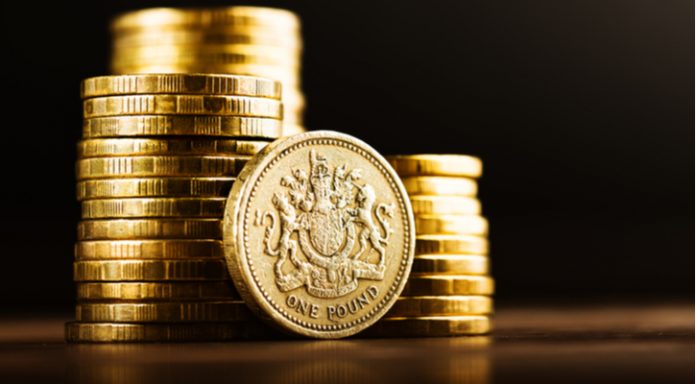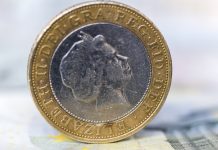- Indian Rupee (INR) holds broadly steady
- Oil prices hover around a 2-month low
- US Dollar (USD) is flat versus its major peers.
- Jobless claims rose by more than expected
The US Dollar Indian Rupee (USD/INR) exchange rate has ticked higher after two days of ticking lower. The pair fell 0.01% in the previous session, settling on Wednesday at 83.46. At 10:00 UTC, USD/INR trades 0.01% at 83.47 and trades in a range of 83.44 to 83.51.
India’s fiscal deficit for the year ending March 2024 is expected to be slightly better than initial projections of $207.8 billion.
Additional tax receipts and some non-tax revenues have helped improve the fiscal deficit target; according to a government source, official data is not expected to be released until May 31st.
Income tax receipts increased by over 17% and reached nearly $235 billion in 2023/ 24, and the government is targeting a fiscal deficit of 5.9% of GDP for that financial year.
Meanwhile, oil prices are hovering around two-month lows after stronger-than-expected China data. Chinese imports and exports both rose more than expected, lifting the mood across the market and improving the oil demand outlook.
The US Dollar is rising against the Rupee but is flat against its major peers. The US Dollar Index, which measures the greenback against a basket of major currencies, trades 0% at the time of writing at 105.50, after two days of gains.
The US dollar is holding steady as investors digest weekend than expected US jobless claims and more comments from Federal Reserve officials.
US jobless claims rose by more than expected to 231K in the previous week, up from 209 K and well ahead of forecasts of 210 K. The data comes after the softer-than-expected US non-farm payroll on Friday and supports the view that the US labour market could be starting to cool.
Meanwhile, Fed speakers continue to dominate amid a quiet economic calendar. Yesterday, Boston Fed president Susan Collins said that she believes interest rates need to remain restrictive for longer to bring inflation back to the federal reserve’s 2% target.
Her comments come after Minneapolis Fed president Neel Kashkari raised questions over whether the Federal Reserve would be able to cut interest rates at all in 2024.





